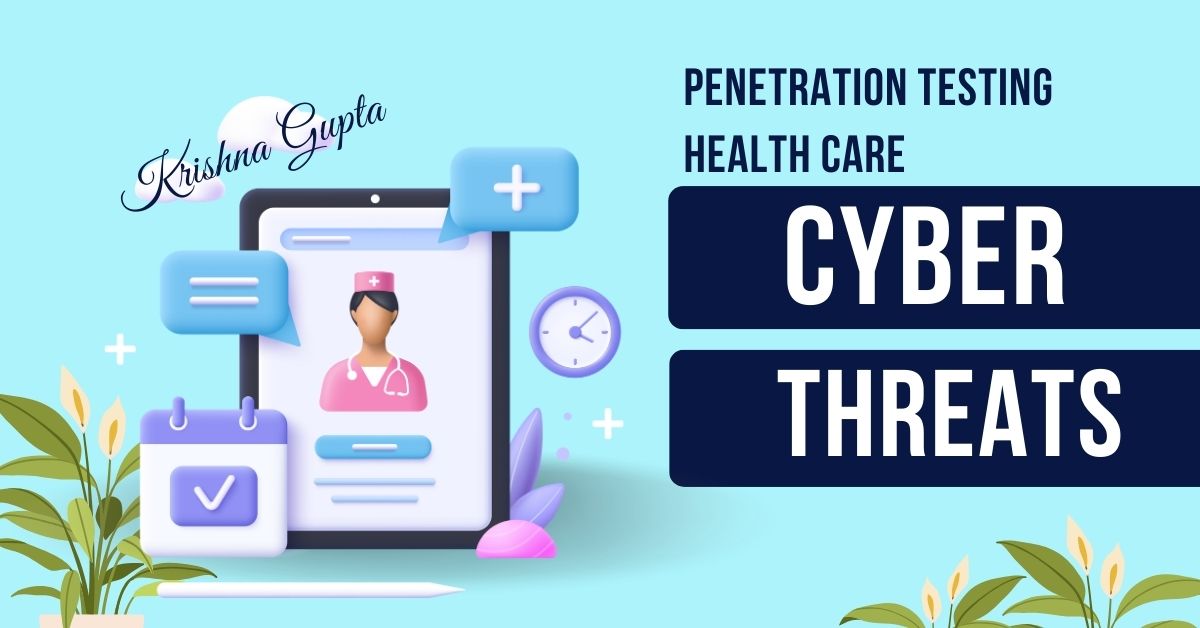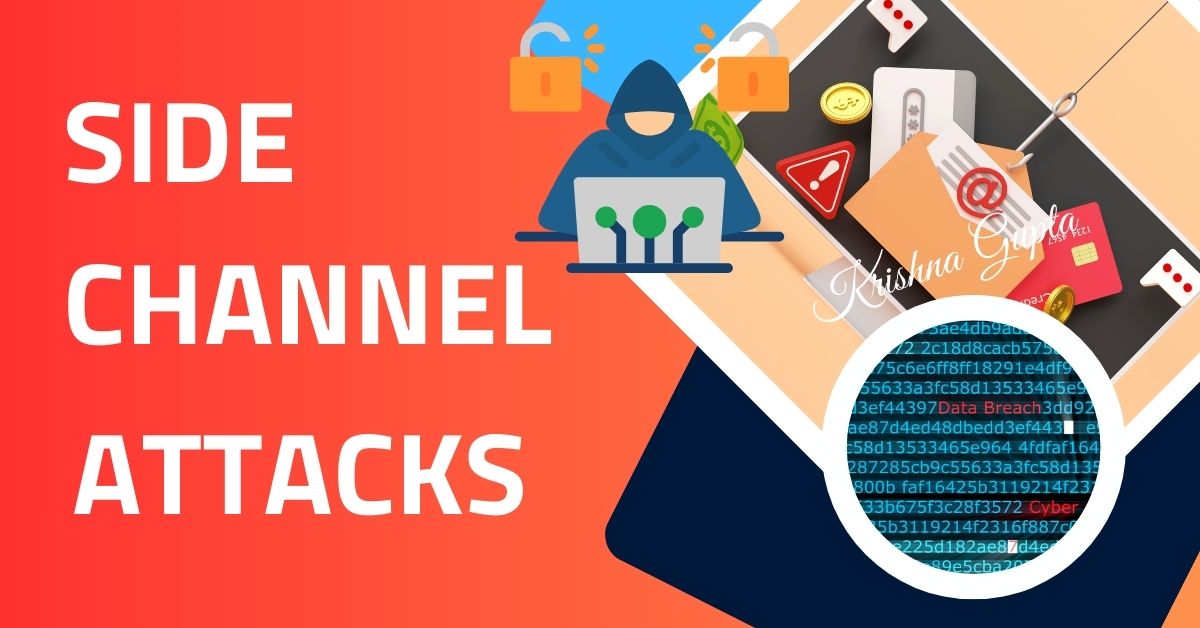Vulnerability Management: A Comprehensive Guide for C-Suite
Vulnerability management is the proactive process of identifying, assessing, and mitigating vulnerabilities within an organisation’s IT infrastructure. It involves a systematic approach to discovering and addressing weaknesses that malicious actors could exploit.




